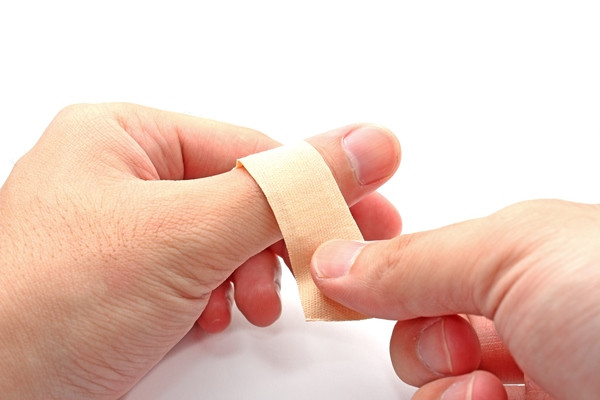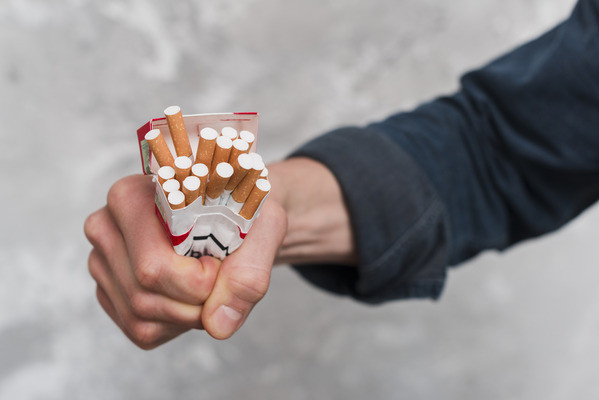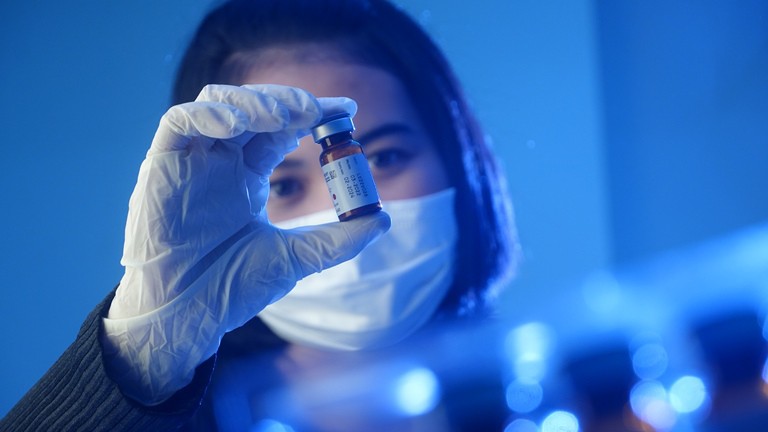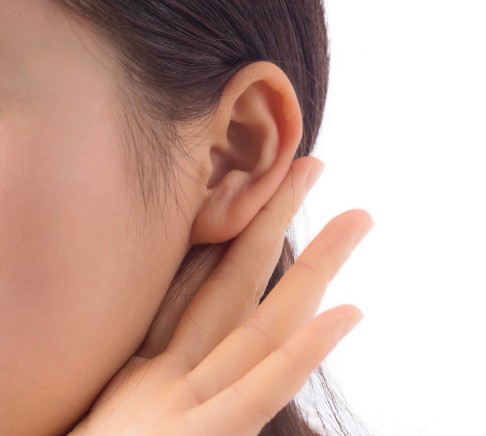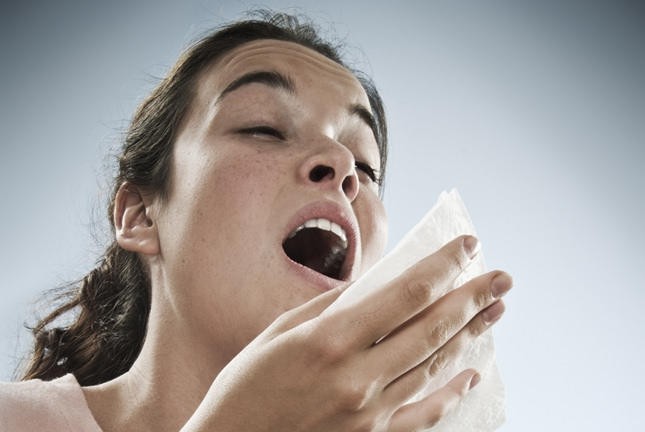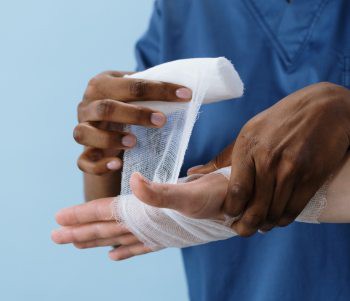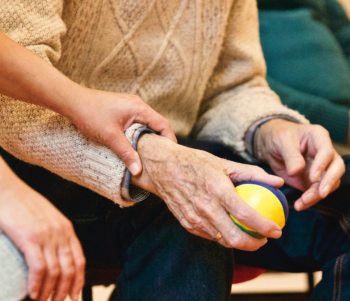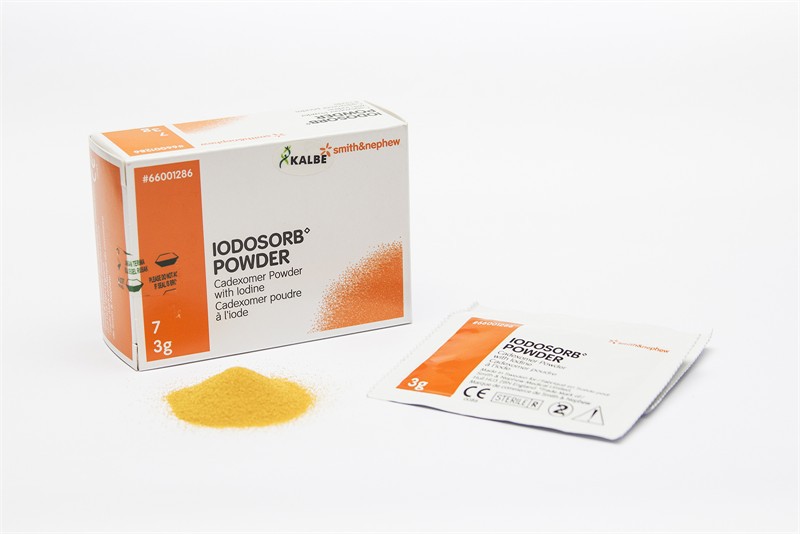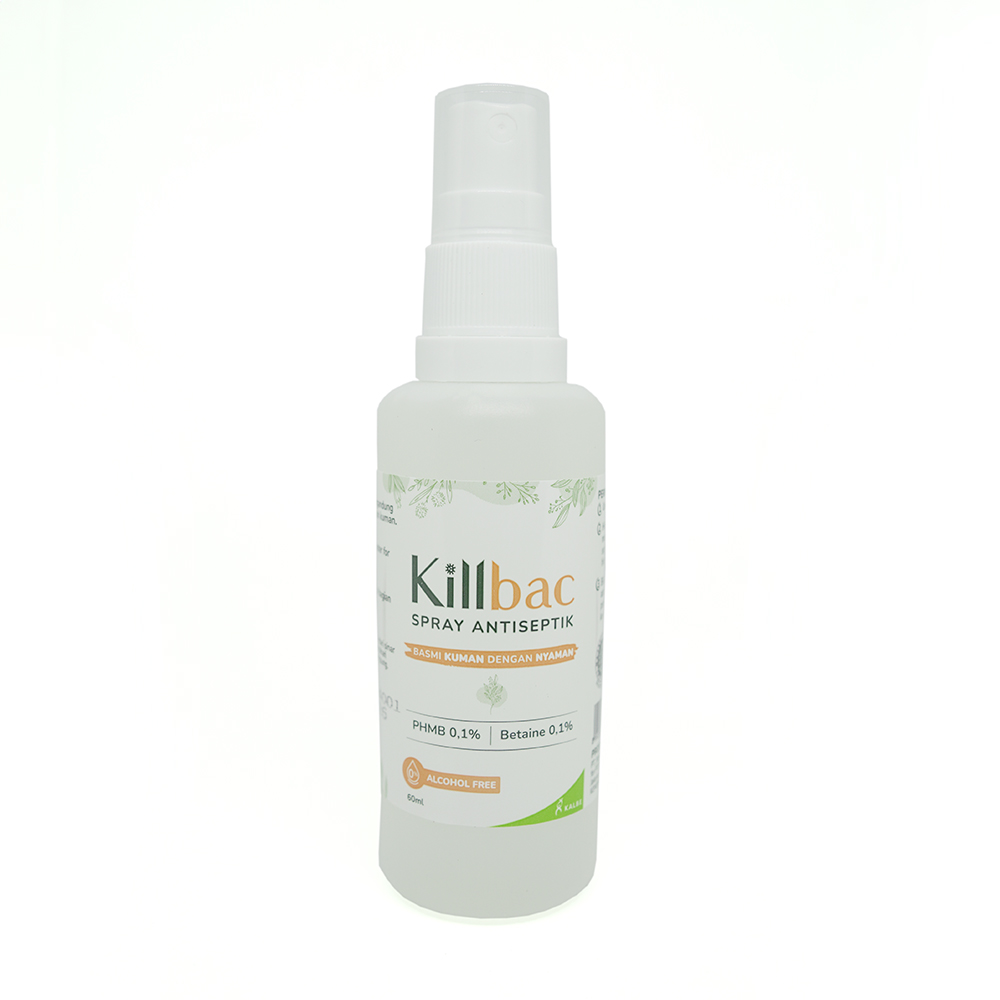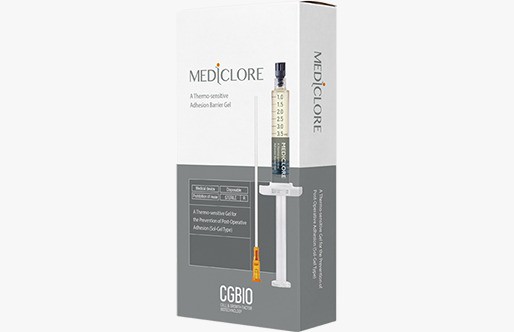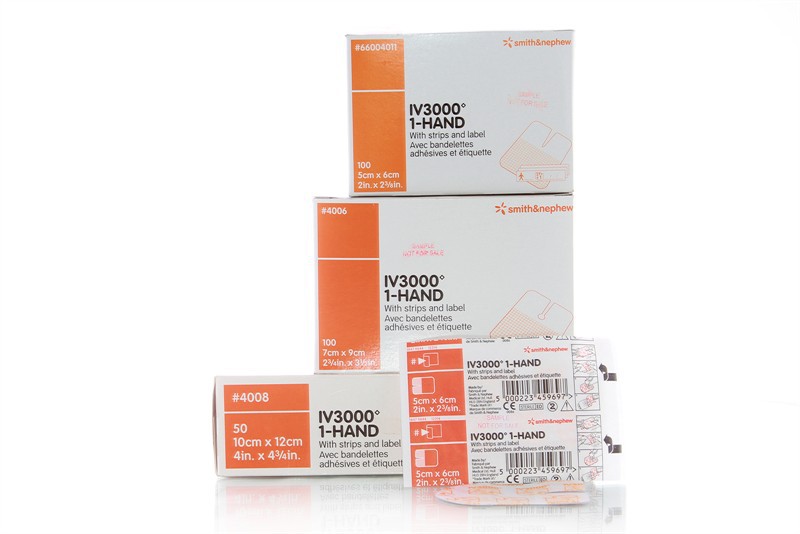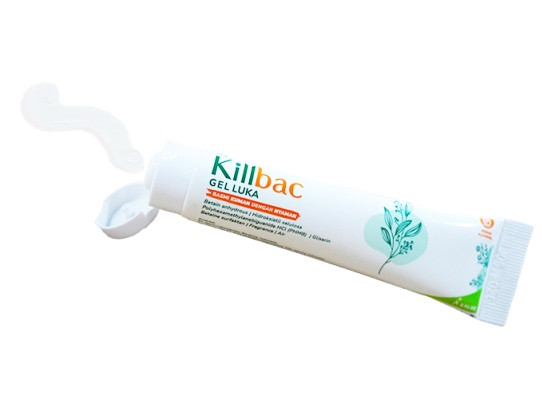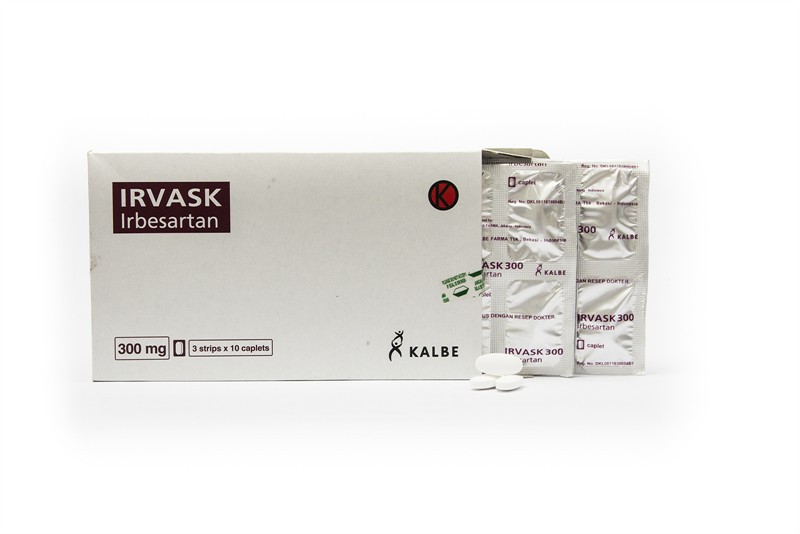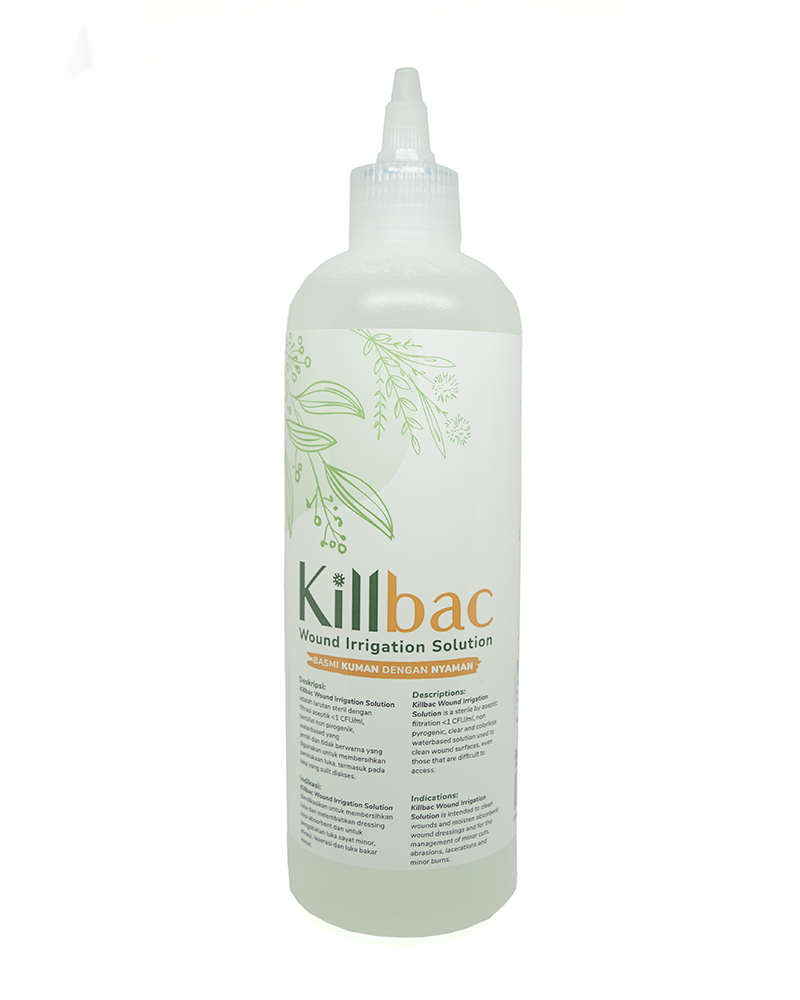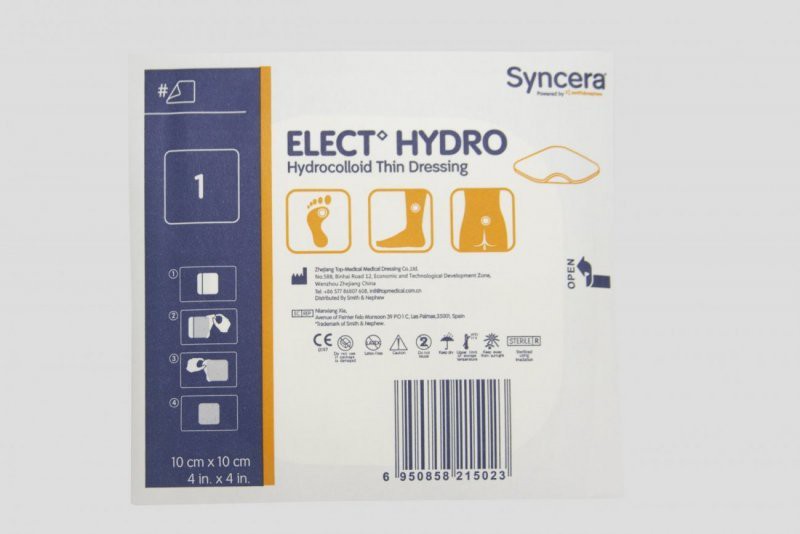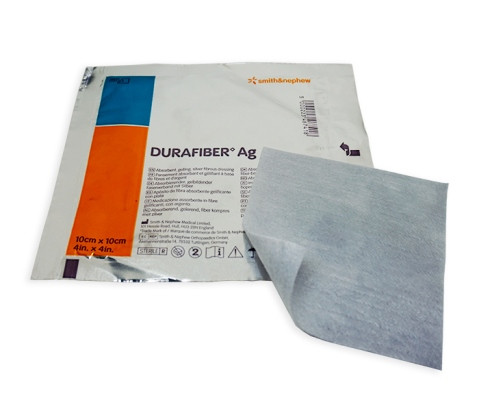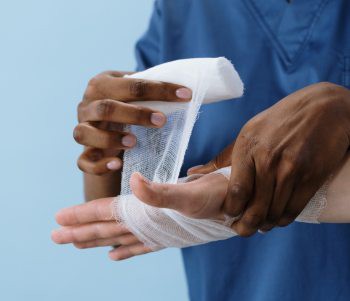
Pressure injury/pressure sore is one of the most common types of chronic wounds. Pressure injury occurs due to high pressure on a limb with bony prominences due to prolonged bed rest.
Pressure injuries are divided according to their depth as follows:
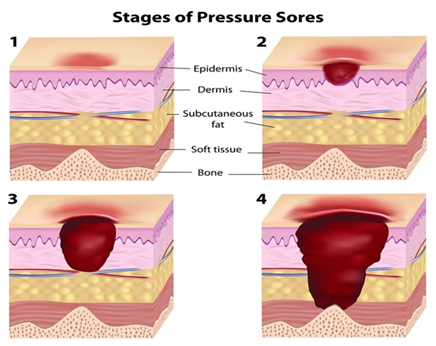
One of the modalities studied to improve the condition of pressure injury is negative pressure wound therapy, with varying results. Dr. Song and the team from the PRC conducted a meta-analysis published in the journal Wound Repair Regen, 2021. In this meta-analysis, we evaluated data from 16 RCTs (randomized clinical trials), with a fundamental subject of 629 patients, performed on pressure injuries. Stages 3 and 4, and compared negative pressure wound therapy vs. standard wound care.
Parameters evaluated were wound healing time, pain score, and hospitalization cost. Result:
1. Wound healing duration was significantly shorter [WMD = -16.47 days, 95% [CI (-22.36 to –10.59) in the negative pressure wound therapy group than standard wound care.
2. Pain scores were significantly lower in the negative pressure wound therapy group than standard wound care (WMD = -2.39; 95%CI (−3.47 to -1.30), P 0.001].
3. Hospitalization costs were significantly lower in the negative pressure wound therapy group compared to standard wound care [SMD = -2.55; 95%CI (−4.07 to -1.03), P < 0.01].
Conclusion:
This meta-analysis concluded that the use of negative pressure wound therapy in pressure injury stage 3 or 4 could shorten the duration of wound healing, reduce pain, and reduce hospital costs.
Image: Illustration
Reference:
1. NPIAP. Pressure injury stages [Internet]. Available from: https://npiap.com/page/PressureInjuryStages
2. Song YP, Wang L, Yuan BF, Shen HW, Du L, Cai JY, Chen HL. Negative-pressure wound therapy for III/IV pressure injuries: A meta-analysis. Wound Repair Regen . 2021;29(1):20-33. doi:10.1111/wrr.12863. Epub 2020 Oct 12

